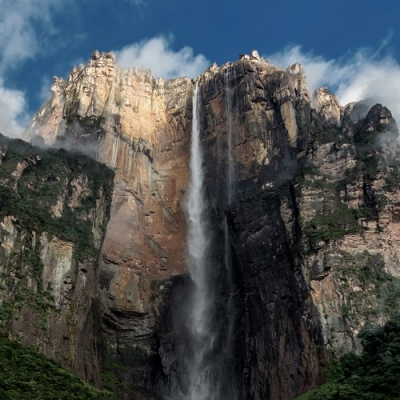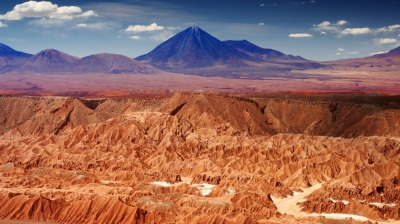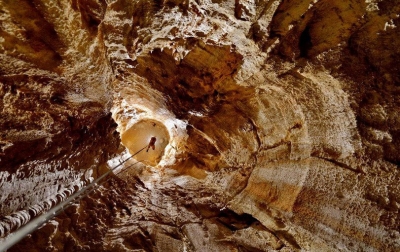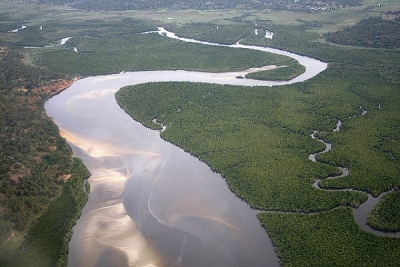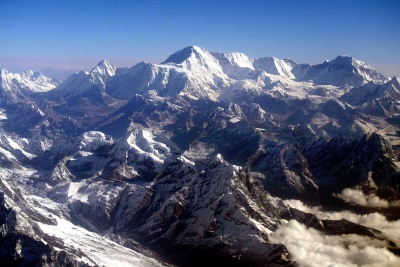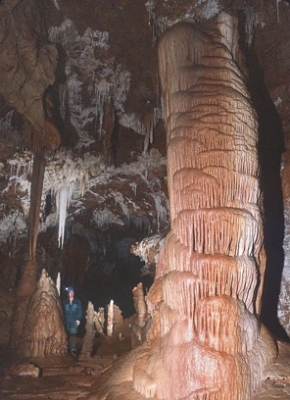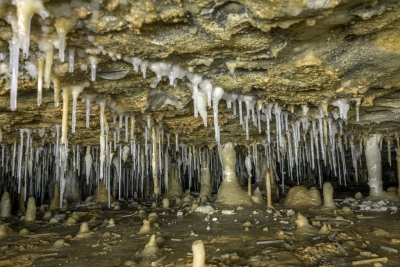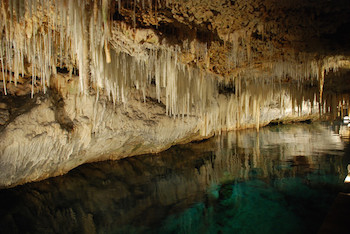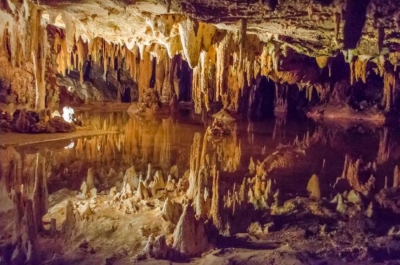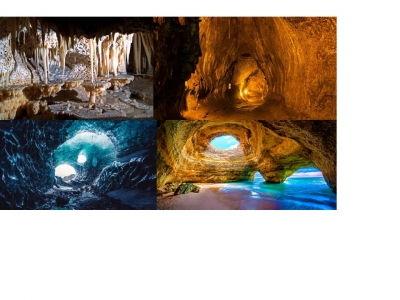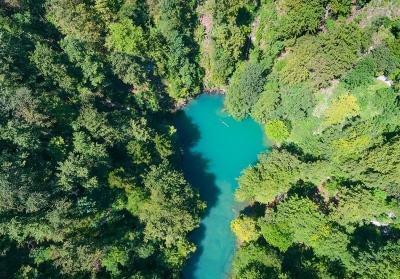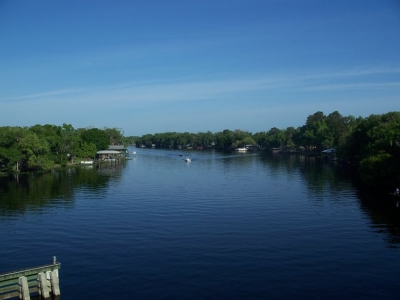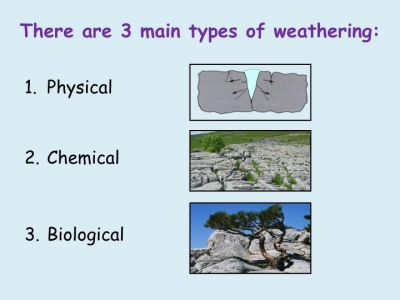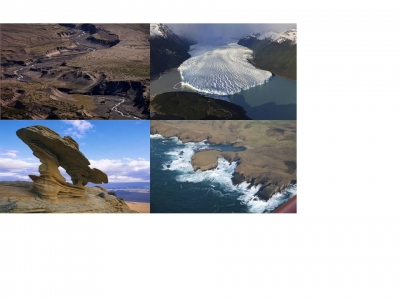How can I choose a good pediatrician?

Every family wants a pediatrician who’s dependable, competent caring, and easy to talk to. Some doctors are all of these things, and others are not. Therefore, when parents are looking for a pediatric they should (to the extent allowed by insurance) take the time to visit several doctors, seek recommendations, and ask questions. Because the family’s relationship with its pediatrician will be a long and involved one, it’s important that parents choose their child’s doctor carefully.
To get the names of pediatricians you can interview, ask for recommendations from friends, relatives, your obstetrician or midwife, and your insurance company. Check with local hospitals and the referral services of local medical societies. Once you have the names of several pediatricians, set up appointments to visit. It’s always best to see at least two doctors so you can compare them before you make your decision. Some charge for consultations, so ask about fees.
When you visit each pediatrician’s office, look around. Are there toys and books available for children? Is the floor clean enough for a baby to crawl on? Are sick and healthy children and newborns separated? Do the receptionists and nurses seem pleasant?
When you talk to the doctor, ask questions and pay attention to how she responds. Does she answer you fully in terms you can understand and does she listen to your point of view? Do you feel comfortable with her? How do you think she relates to children?
Here are some of the questions you might want to ask during your interview: where and when will the pediatrician examine your newborn? How does she feel about breast feeding and bottle feeding, and does she approve of the feeding method you’ve chosen? Does she make herself available to discuss nonmedical issues such as pacifier use, sleeping habits, and nutrition? Does she have regular call-in hours when you can ask questions over the phone? Is there a fee for phone consultations?
As you consider which pediatrician to use, think about such practical issues as the distance from the office to your home, the office (some pediatricians have extended hours for working parents), the doctor’s fees, her procedure for emergency visits, and how her office handles insurance. If she practices alone, find out who covers for her when she’s sick or on vacation, and try to meet that doctor briefly. If the pediatrician you interview is part of a group practice, ask if you can choose one of the doctors as your primary pediatrician.
Choose a doctor you feel comfortable talking to, since you will frequently consult with her about your child’s growth and development, as well as medical problems. You may find that after you start taking your child to a pediatrician, your feelings about that doctor will change. You may not have known at the time you first interviewed her that you would be facing such issues as thumb-sucking, sleep problems, or late toilet use. Now you discover that her opinions about these issues are contrary to yours. She may, for example, be against giving bottles to a toddler, while you think it’s acceptable.
In such situations, parents who feel intimidated by their pediatrician choose to hide their child’s habits when they come in for appointments. They leave their child’s blanket, pacifier, or bottle at home, rather than face the doctor’s disapproval. Such parents may eventually grow distant from their pediatrician, seeking her advice only on medical issues. Other parents in the same situation may become more open with their doctor, letting her know just how their child behaves and discussing differences of opinion on parenting issues. If you find yourself disagreeing with your child’s doctor too often, you’ll have to decide whether to work out a compromise or switch pediatricians and start a new relationship.
Picture Credit : Google
